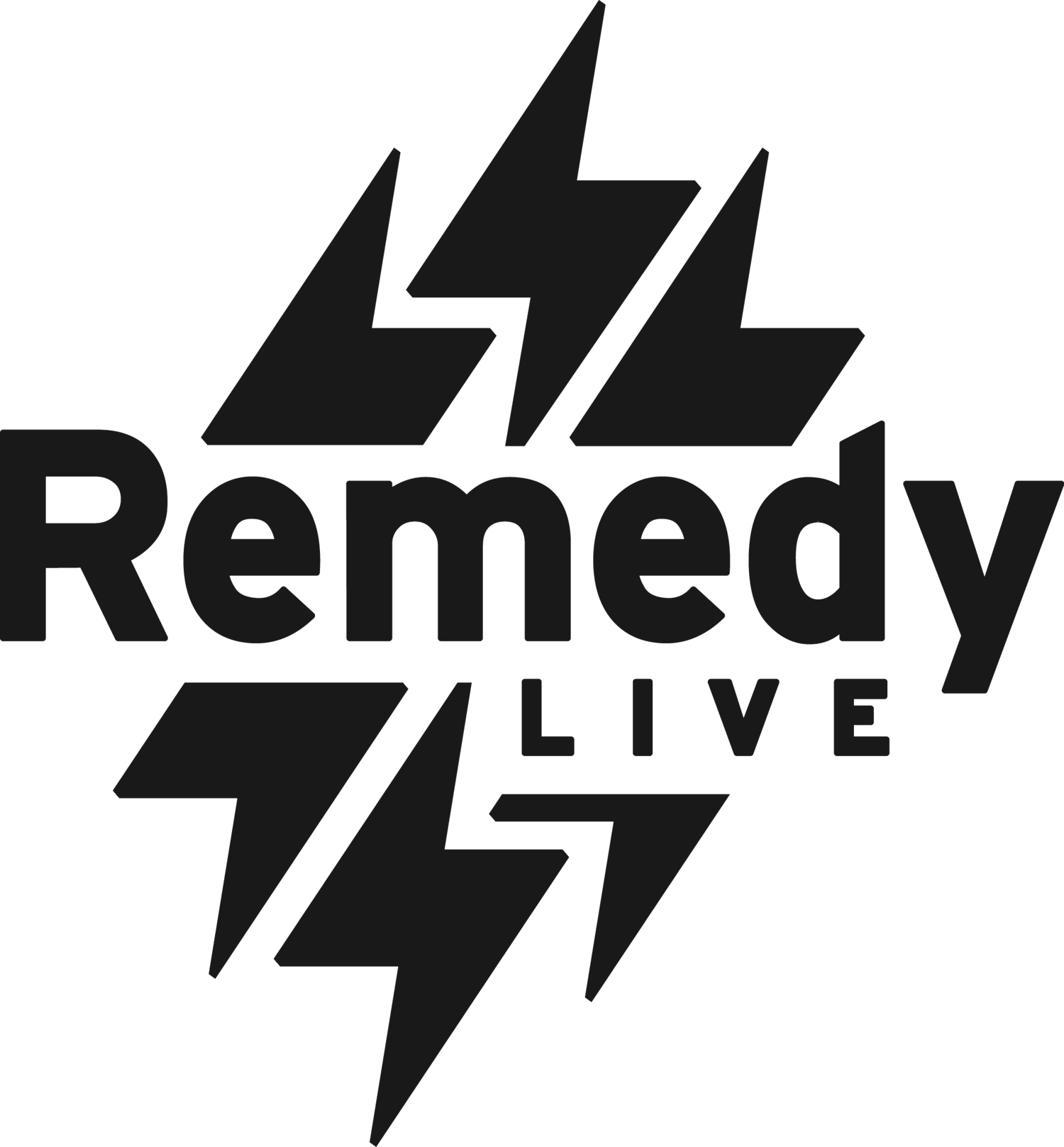What is the Brain?
Central nervous system. Parietal lobe. White matter. Cerebellum.
I’m guessing for a lot of us, we’ve seen these words or phrases floating around but aren’t completely sure what they mean or why they’re important. We know that the brain is one of our most important organs, and we can’t survive without it. Wouldn’t it be helpful to get a short synopsis of brain anatomy and function?
Together, the brain and spinal cord make up the Central Nervous System (CNS), the center of processing. The brain weighs about three pounds in an adult human. Around 60% is fat and the remaining 40% is a combination of proteins, salt, carbohydrates, and water. It’s not a muscle - it contains nerves and blood vessels (John Hopkins Medicine, n.d.).
When you hear “gray matter” and “white matter,” this is referring to different areas of the brain. Gray matter is the darker, outer portion and is mostly in charge of processing and interpreting information. White matter is the lighter, inner portion under the gray matter. It takes the information from the gray matter and transmits it to the rest of the body (John Hopkins Medicine, n.d.).
The brain can be divided into 3 main parts: the cerebrum, cerebellum, and brainstem. The cerebrum is most of what we consider to be the brain and includes the cerebral cortex. It initiates movement and keeps body temperature regulated. It’s what sets us apart as humans. This part of the brain can be divided into the four lobes, which are explained in the next paragraph. The cerebellum lies behind the brainstem and is involved in balance and speech. The brainstem consists of the pons, medulla, and midbrain.
There are four lobes: frontal, parietal, temporal, and occipital. The frontal lobe is at the front of the brain and is associated with reasoning, language, movement, and motor skills. The parietal lobe is in the center of the brain and processes sensory information like touch and pain. The temporal lobe is located on the bottom of the brain and is important for taking in sounds and language and interpreting them. It also contains the hippocampus, which is responsible for forming memories. The occipital lobe is located in the back and helps with interpreting visual stimuli and information (Cherry, 2021).
The last main system is the limbic system and includes the hypothalamus, amygdala, thalamus, and hippocampus. The hypothalamus helps with controlling hunger, thirst, emotions, body temperature, and the Circadian rhythm. It also controls the pituitary gland. The amygdala mostly controls the body’s fight-or-flight response, memory, and emotion. The thalamus helps process and then transmit any movement or sensory information the brain receives. The hippocampus is actually in the temporal lobe but is considered to also be a part of the limbic system because it helps with emotion regulation (Cherry, 2021).
As you may have gathered by this point, the brain is a complicated and complex organ. So much is taken in and transmitted out at any moment. Make sure you are doing your best to take care of it!
References:
Brain anatomy and how the brain works. (n.d.). John Hopkins Medicine. Retrieved from https://www.hopkinsmedicine.org/health/conditions-and-diseases/anatomy-of-the-brain.
Cherry, K. (2021). The parts of the brain. Very Well Mind. Retrieved from https://www.verywellmind.com/the-anatomy-of-the-brain-2794895.
Challenges/Points:
Understanding the anatomy and structures of the brain can help us better take care of our minds and mental health.
The four main lobes of the brain are temporal, parietal, frontal, and occipital and each has a different function in receiving and interpreting information.
The amygdala and hippocampus are both involved in processing and regulating emotion.
Questions:
What is something you didn’t know about the brain before that you do now?
What can you do to take care of your brain?
If you’ve learned about the brain a lot in the past, where did you learn about it?
To talk more about this or something else on your mind text the number 494949 to chat with our team or visit RemedyLIVE.com/chat anytime, day or night.
Did someone send you this post, and you want to subscribe to our free self care guide? Text CARE to 494949 to receive daily posts.
